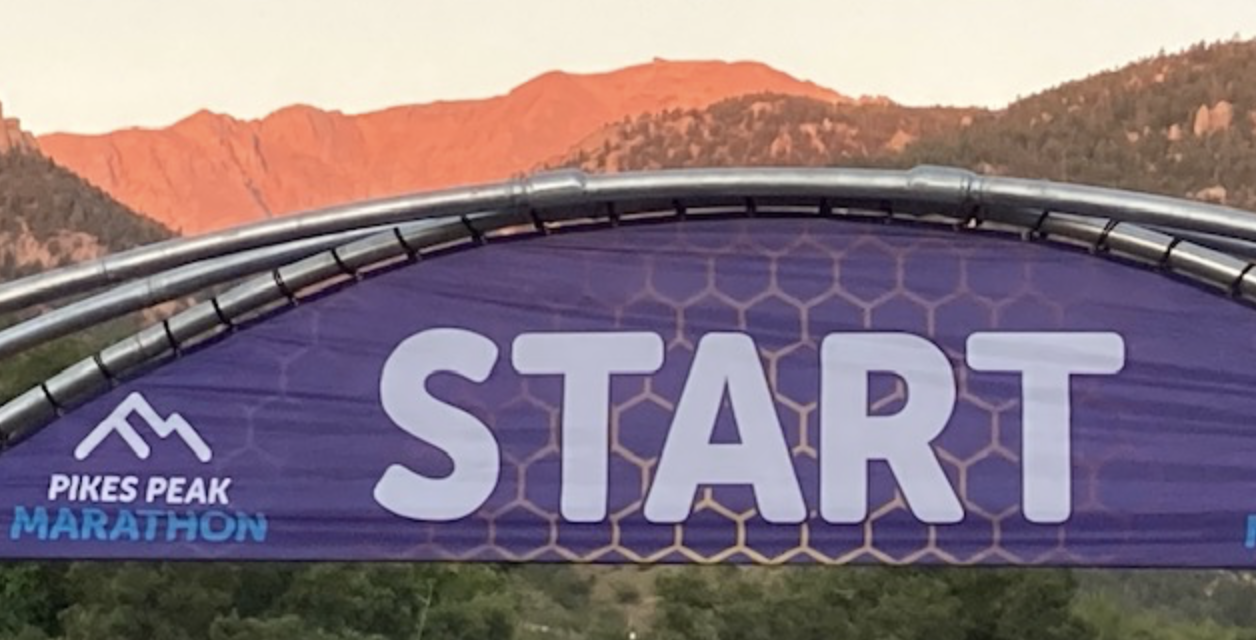After stirring up several days of controversy following Sunday’s London Marathon, Glenique Frank, a biological man who ran the 26.2 mile race registered as a woman, has offered to give back his medal.
“If they really think I’ve stolen the place [of a female runner], I don’t mind giving the medal back, because I’ll run again next year for charity,” he said. “They’re angry because they’re saying that one of 14,000 women behind me could have had my place. Really? I did [the race in] 4 hours 11 minutes. There’s lots of women that beat me.”
Frank isn’t exaggerating when he says plenty of female runners finished the course faster – 6,172 runners, to be exact. But what he isn’t acknowledging is that had he run in the correct category, over 21,600 fellow male competitors would have beaten him, too.
“Trans” confusion/fraud is disrupting numerous areas in culture these days, especially in athletics where biological differences can make a massive competitive difference.
Since running speed is largely dependent upon aerobic capacity and muscle strength, and the average male body has more of both than the typical female, the top men regularly outpace the top women.
In other words, simply declaring yourself one gender can result in a significant competitive advantage. So, it’s particularly peculiar that following Sunday’s race, Frank excitedly claimed that it was “girl power” that propelled him to the finish line. In reality, it was his physiological male characteristics that enabled him to finish ahead of over 14,000 women.
Reading about the controversy, I couldn’t help but think about the many marathons I’ve competed in, including one that I almost won – had I registered as a woman.
The Pikes Peak Marathon begins in the town of Manitou Springs, Colo., and traverses 13.1 miles (or so) up to the summit of the famed mountain – and then back down. It can be a grueling course, often complicated by weather. I’ve run it 23 times, and though it’s a summer race, we’ve had everything from sun and heat to cold and snow, plus hail, wind and lightning. And sometimes even on the same day.
I’ve grown increasingly slow over the years, but back in 2000, youth was on my side. Everything was clicking on race day. As I made my way back down the mountain, and within a few miles or so of the finish, I heard a course official yell out, “First woman!”
Twenty-nine-year-old Erica Larson-Baron was soon on my heels as we navigated rocky and gravely Barr Trail. I have to admit, there was a prideful part of me that was bothered by the fact this woman was threatening my position. I picked up my pace to try and fend her off, but fatigue soon overtook me. I moved to my right to give her room to pass on the single-track trail. “Good work!” she said graciously. Erica was off and on her way to a first-place finish in the women’s race. Two more women passed me on Ruxton Road near the Cog Railway station, less than a mile from the finish.
Had I registered as a woman, I would have placed fourth rather than twenty-fifth. The trophy would have been taller. Maybe even some prize money or sponsorship. And bragging rights.
It’s an absurd observation, isn’t it? I’m a man, not a woman, so why would I register in the female category?
Reality is but one casualty of this ongoing revolution. Increasingly, activists are trying to pass off fantasy as fact – and too many race directors and others are knowingly embracing the folly of it all.
It’s impossible to know where this is all going or where it will all end, but Booker T. Washington was right:
“A lie doesn’t become truth, wrong doesn’t become right, and evil doesn’t become good, just because it’s accepted by a majority.”






